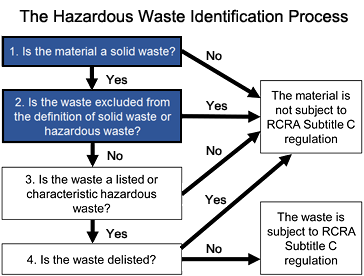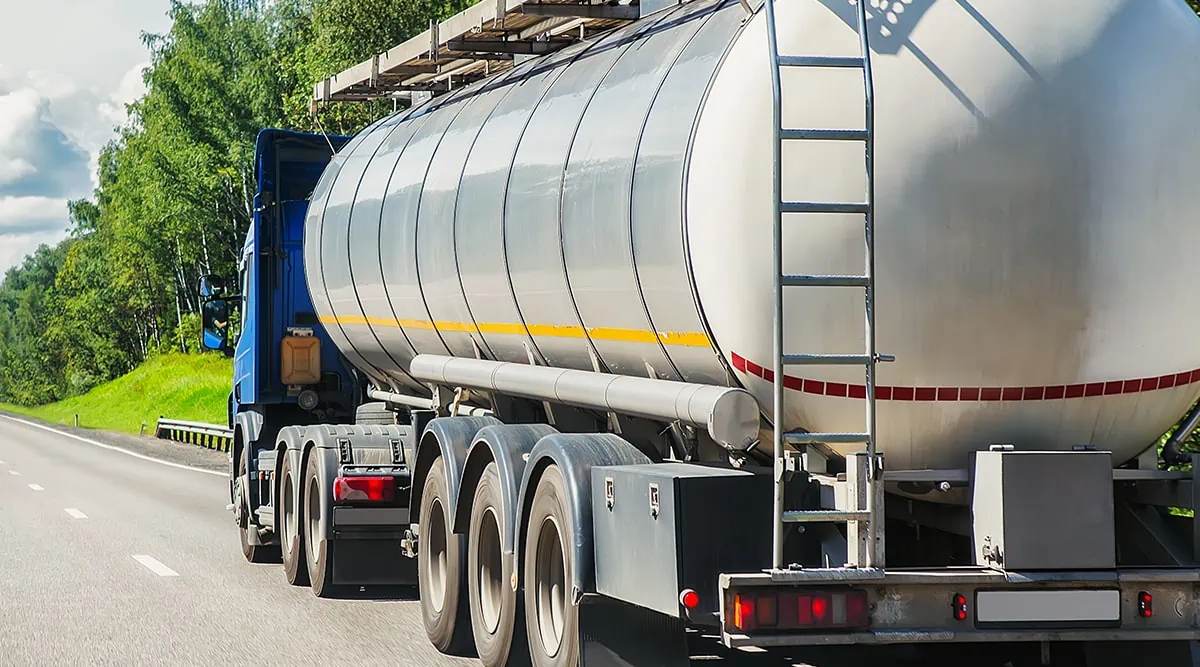The Ultimate Guide To Reclaim Waste
The Ultimate Guide To Reclaim Waste
Blog Article
The 6-Second Trick For Reclaim Waste
Table of ContentsThe 6-Second Trick For Reclaim WasteThe Single Strategy To Use For Reclaim WasteThe 5-Minute Rule for Reclaim WasteUnknown Facts About Reclaim WasteAn Unbiased View of Reclaim Waste
Discover the types, events, and forms of liquid waste. Domestic sewer waste refers to the waste and items from a household septic tank. This sort of waste is produced by humans in houses, colleges, and various other buildings. This only consists of sewage-disposal tanks that have a drain area. The proper monitoring and disposal of domestic sewer waste need fluid waste to be moved to a sewage treatment plant where the correct techniques and equipment are used to cleanse and get rid of waste.
Commercial waste usually includes potential dangers, such as flammable products or a mixture of liquid and solid waste products, and needs an advanced and in-depth disposal procedure. The disposal of commercial waste typically includes the filtering of waste prior to transportation to guarantee risk-free and proper disposal. Industrial waste is produced from results and drainage of industrial processes and production.
This type of waste can not use the exact same sewage monitoring transport or procedures as septic or commercial liquids. The industrial waste management procedure calls for the evaluation and testing of fluid waste before it goes through the disposal procedure (liquid waste removal melbourne). Overflow waste is the liquid waste that comes from overflow and excess stormwater in extremely inhabited locations or cities
Drainage waste can create contamination and flooding otherwise managed properly. Find out more about sewer cleansing and waste management. Making certain correct waste administration can protect against calamities and minimize environmental damage. Both individuals in domestic settings and professionals in industrial or production sectors can take advantage of comprehending the processes and guidelines of liquid waste management.
The Definitive Guide for Reclaim Waste
Call PROS Solutions today to find out about our waste administration and disposal solutions and the appropriate ways to care for the fluid waste you produce.
(https://disqus.com/by/reclaimwaste1/about/)Do you understand what happens to your water when you disengage, flush the toilet or drain the cleaning machine? No? Well, it deserves recognizing. This supposed 'wastewater' is not only a crucial resource yet, after treatment, will be launched to our land, waterways or the sea. Utilized water from toilets, showers, baths, kitchen sinks, washings and industrial procedures is referred to as wastewater.

water made use of to cool down equipment or additional info clean plant and tools). Stormwater, a type of wastewater, is drainage that flows from agricultural and metropolitan locations such as roof coverings, parks, gardens, roads, paths and gutters right into stormwater drains pipes, after rain. Stormwater flows without treatment directly to local creeks or rivers, ultimately reaching the ocean.
Some Known Facts About Reclaim Waste.
In Queensland, most wastewater is dealt with at sewer therapy plants. Wastewater is transported from domestic or industrial sites via a system of sewage systems and pump terminals, recognized as sewage reticulation, to a sewage treatment plant.
The Department of Natural Resources recommends regional governments about handling, operating and keeping sewerage systems and treatment plants. In unsewered locations, city governments may call for homeowners to set up specific or family sewage therapy systems to deal with residential wastewater from bathrooms, cooking areas, washrooms and washings. The Department of Natural Resources authorizes the use of family systems when they are confirmed to be effective.
In some brand-new neighborhoods, treatment of some stormwater to get rid of litter, sand and gravel has actually begun making use of gross pollutant traps. Wastewater therapy happens in 4 phases: Eliminates strong matter.
Wastewater then moves into big storage tanks where solids resolve and are removed as sludge. Oil and scum are skimmed from the surface. Utilizes small living organisms referred to as micro-organisms to damage down and get rid of staying liquified wastes and great particles. Micro-organisms and wastes are integrated in the sludge. Gets rid of nitrogen and phosphorus nutrients that could cause algal blooms in our waterways and intimidate aquatic life.
Things about Reclaim Waste
Nutrient elimination is not offered in all sewage therapy plants since it needs costly specialist tools. It is becoming more common in Queensland. Clear fluid effluent produced after treatment may still have disease-causing micro-organisms. If this effluent is launched right into waterways such as rivers or the sea, the micro-organisms will eventually die out.

Most wastewater moves right into the sewerage system. Under the Act, neighborhood federal governments administer approvals and permits for environmentally relevant tasks (ERAs) entailing wastewater launches that could have a regional impact.
The Reclaim Waste PDFs
Monitoring supplies factual info regarding water top quality and can validate that licence problems are being met. The info acquired through tracking offers the basis for making water high quality choices.
Report this page